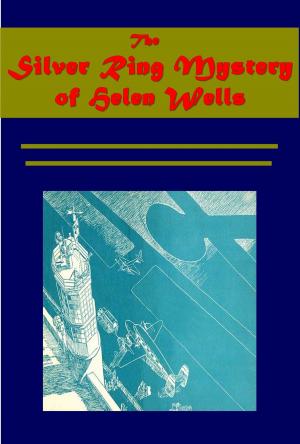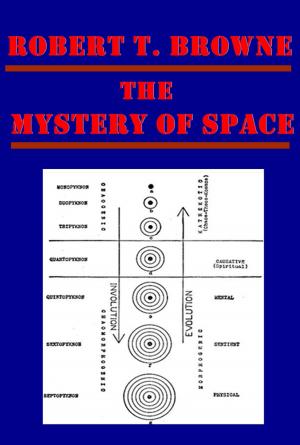Complete non-fiction Science & Travel (Illustrated)
Nonfiction, Science & Nature, Science, Other Sciences, Experiments & Projects, Earth Sciences, Geography, Travel, Adventure & Literary Travel| Author: | Percival Lowell | ISBN: | 1230000272084 |
| Publisher: | AEB Publishing | Publication: | October 3, 2014 |
| Imprint: | Language: | English |
| Author: | Percival Lowell |
| ISBN: | 1230000272084 |
| Publisher: | AEB Publishing |
| Publication: | October 3, 2014 |
| Imprint: | |
| Language: | English |
An American businessman, author, mathematician, andastronomer who fueled speculation that there were canals on Mars. He founded the Lowell Observatory in Flagstaff, Arizona, and formed the beginning of the effort that led to the discovery of Pluto fourteen years after his death. The choice of the name Pluto and its symbol were partly influenced by his initials PL.
Contents
Mars and its Canals (1906)
Mars (1895)
Noto, An Unexplored Corner of Japan
The Soul of the Far East (1888)
Mars (1895)
This book is the result of a special study of the planet made during the last opposition, at an observatory put up for the purpose of getting as good air as practicable, at Flagstaff, Arizona. A steady atmosphere is essential to the study of planetary detail: size of instrument being a very secondary matter. A large instrument in poor air will not begin to show what a smaller one in good air will. When this is recognized, as it eventually will be, it will become the fashion to put up observatories where they may see rather than be seen.
An American businessman, author, mathematician, andastronomer who fueled speculation that there were canals on Mars. He founded the Lowell Observatory in Flagstaff, Arizona, and formed the beginning of the effort that led to the discovery of Pluto fourteen years after his death. The choice of the name Pluto and its symbol were partly influenced by his initials PL.
Contents
Mars and its Canals (1906)
Mars (1895)
Noto, An Unexplored Corner of Japan
The Soul of the Far East (1888)
Mars (1895)
This book is the result of a special study of the planet made during the last opposition, at an observatory put up for the purpose of getting as good air as practicable, at Flagstaff, Arizona. A steady atmosphere is essential to the study of planetary detail: size of instrument being a very secondary matter. A large instrument in poor air will not begin to show what a smaller one in good air will. When this is recognized, as it eventually will be, it will become the fashion to put up observatories where they may see rather than be seen.















